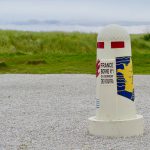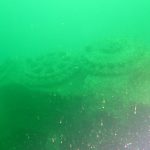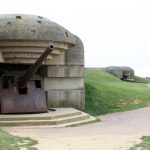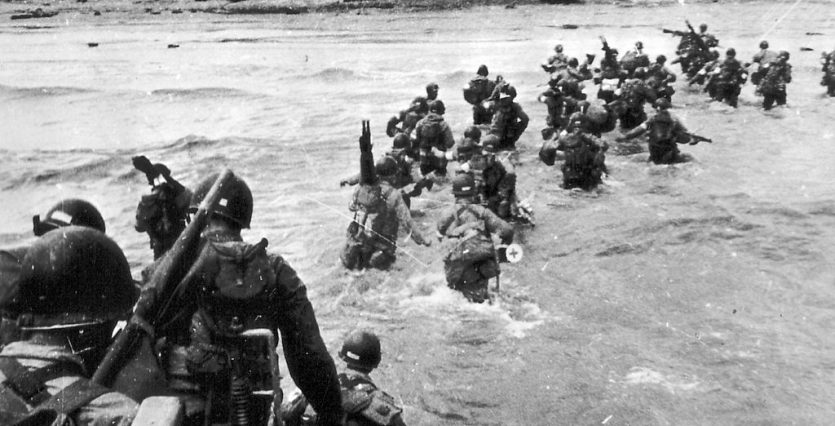Many diving spots around the world allow you to dive “as you wish,” whether on a relaxing vacation, to engage in tech diving, to go in search of archaeological treasures, to teach diving or to work.
While I have been exploring these many ways of approaching scuba diving for more than 20 years, both as a leisure pastime and as my professional activity, DDIVE, one of them has been a constant for a long time and affects me especially. Every year without fail, I drop my ordinary activities for a few days around June 6 to go with friends for our annual “rendezvous with history.”

Here in Belgium, we usually explore local quarries, lakes and diving spots of the North Sea. Yet just a few hours’ drive from our small country, a wealth of history can be found under the waters of our neighbor. While most people discover the history of the World War II Normandy landings by visiting the museums and important locations of D-Day, I choose to understand the realities of this event by exploring the seabed of this part of the Channel, at Utah Beach, the westernmost of the D-Day landing beaches.

Normandy dives contain many nuggets waiting to be discovered. What a pleasure it has been to dive on the remains of the destroyer USS Meredith, the minesweeper USS Tide, the LST 523 Carbonel or explore Sherman tanks underwater. Many of the Normandy beach wrecks that were sunk during the landing or by mines were severely damaged in their sinking or torn apart later by storms and require a good imagination to recognize the different parts that compose them. Other wrecks lie peacefully on the bottom, seeming to patiently await a diver’s visit. Normandy’s wrecks are easily accessible for most divers since the maximum depths are about 30 meters (100 feet).
Marine life enthusiasts will not be disappointed either, because all these wrecks have long been the refuge of many species, such as lobsters, sea spiders, seahorses, sea bass, conger eels, rock crabs and, of course, the famous Normandy scallops. It is not unusual to see harbor porpoises playing at the surface. You can admire them from your Zodiac during the return from your dive, while seeing, in the distance, the immense Normandy beaches stretching as far as the eye can see.
Normandy is known for its often capricious weather, and ocean swells can sometimes prevent us from putting ourselves in the water. But when that does happen, there is still a plus side; it allows us to visit memorials and relics of the war, to celebrate with our Norman friends, and to discover the regional specialties like an excellent cider or the fabulous Normandy Calvados, accompanied by delicious shrimp or whelks.

My annual exploration dives of the beaches of Normandy are clearly worthwhile, and seeing and discovering the underwater remains from the invasion fulfills a sense of personal obligation to the memory of all those who courageously came to France from the USA, Canada, and England to enable us to live today in a free world.
You can read more about my diving at differentdive.com or DDIVE on Facebook.


